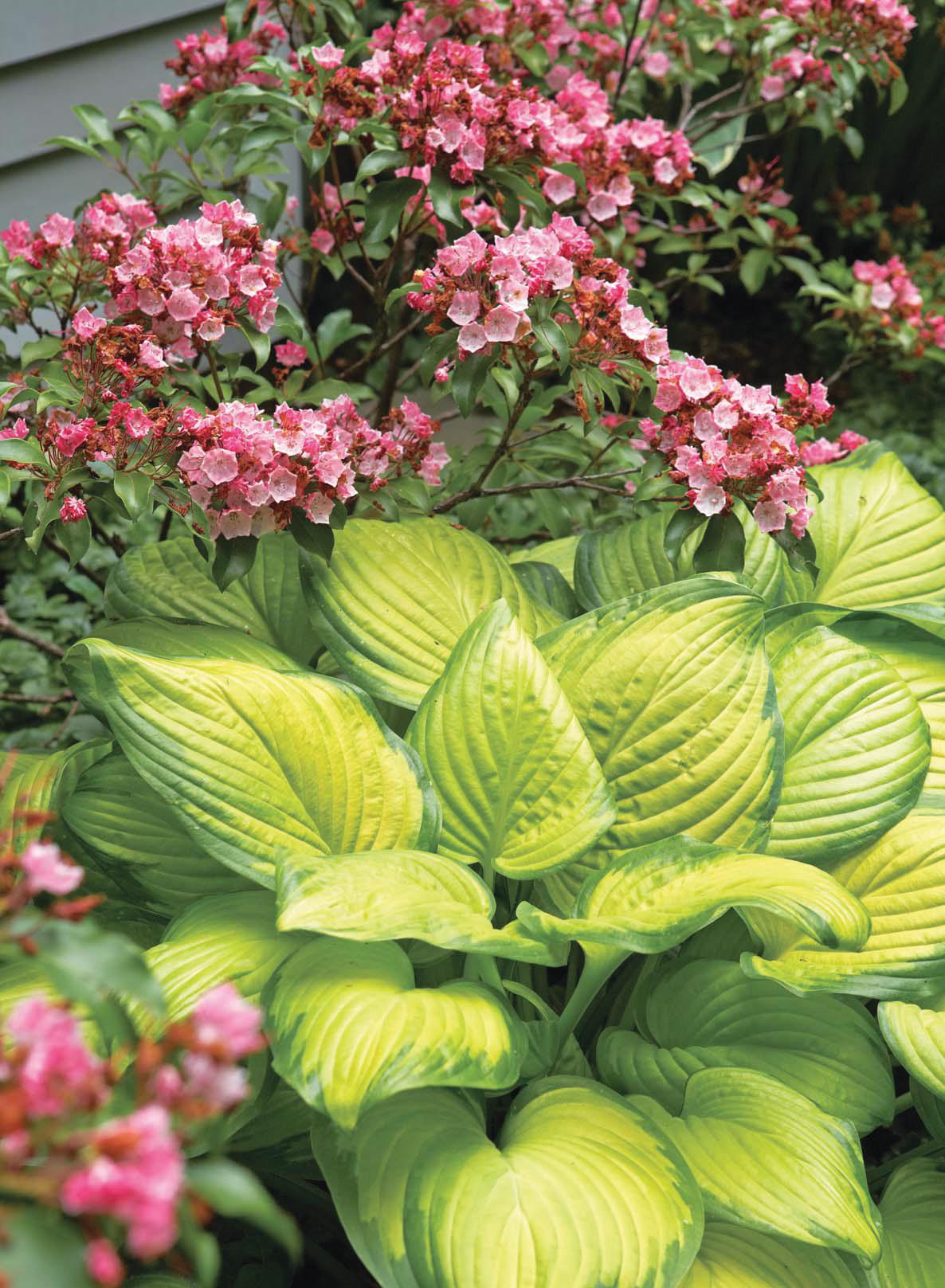
Throughout my career working in both the commercial plant industry and public horticulture, I have been exposed to an amazing diversity of plants. Particularly fascinating are the array of plants (genera) taxonomists have categorized into different plant families and why.
Members of a plant family share characteristics, such as flower form and leaf arrangement, that distinguish them from other families. They typically have similar cultural requirements, as well. Yet delving into one plant family can be an eye-opening experience, leaving you scratching your head at its unexpected members.
The Ericaceae, or heath family, consists of more than 4,000 species organized into about 120 genera. Most members are evergreen, woody plants ranging from groundcovers to trees. Their flowers, made of fused petals, come in a kaleidoscope of colors and can be tubular or bell-shaped, often resembling miniature urns. Form aside, flowers develop into fruit that are typically either a capsule or berry, occasionally a drupe.
Ericaceous plants can be found worldwide from temperate and cold regions to mountainous, tropical climates. Commonly occurring in acidic, well-drained and typically nutrient-poor soils, they prosper thanks to a close relationship with mycorrhizal fungi. These fungi allow the plants to absorb valuable nutrients not otherwise readily available.
Gardeners are probably most familiar with members in the genera Rhododendron (rhododendron and azaleas) and Vaccinium (blueberries and cranberries), valuable ornamentally and economically, respectively. In addition to these treasured plants, many other beautiful relatives provide effective landscape applications. Let’s look at some of my favorites.
Mountain laurel
この記事は Horticulture の May - June 2023 版に掲載されています。
7 日間の Magzter GOLD 無料トライアルを開始して、何千もの厳選されたプレミアム ストーリー、9,000 以上の雑誌や新聞にアクセスしてください。
すでに購読者です ? サインイン
この記事は Horticulture の May - June 2023 版に掲載されています。
7 日間の Magzter GOLD 無料トライアルを開始して、何千もの厳選されたプレミアム ストーリー、9,000 以上の雑誌や新聞にアクセスしてください。
すでに購読者です? サインイン

GAGA FOR GALANTHUS
As easy as they are irresistible, snowdrops boast a devoted and growing following

NEW PLANTS
Multiseason Marvels
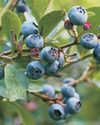
BLUEBERRIES & CO.
Members of the genus Vaccinium provide sweet flavor, health benefits and beauty in the garden
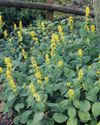
AN ECOLOGICAL AGREEMENT
How three great minds think alike

Take It Indoors
Cs the growing season dwindles, _ potted cittus became a summer souuenir
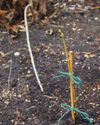
ROOTED IN PLACE
LAYERING IS A PROPAGATION TECHNIQUE THAT TAKES A WHILE TO COMPLETE, BUT IT DEMANDS LITTLE EFFORT FROM THE GARDENER

AT HOME WITH PLANTS
Business travel and pleasure trips helped inspire this Cincinnati garden

THE GARDEN GOES DARK
Yes, gardens have their dark side. But-surprise! A garden's darkness can be good, not sinister.

LOW-WATER WONDERS
EXPLORE ONE PLANTSMAN'S DROUGHT-TOLERANT FAVORITES FOR EACH LEVEL OF THE GARDEN
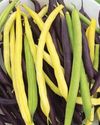
Succeed With Succession- The best crops to plant throughout summer, plus how to time them right
The best crops to plant throughout summer, plus how to time them right. Once a crop like spring turnips or snap peas has finished, I tidy up the bed, amend the soil with a thin layer of compost and replant. Depending on the new crop, I may be sowing seeds or transplanting seedlings.